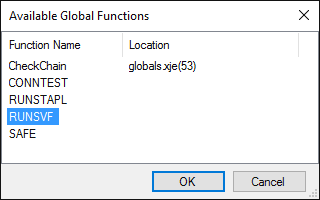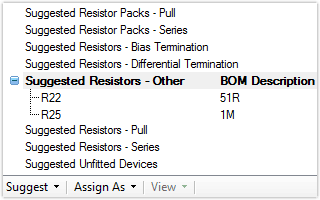Stuck-at testing on 1149.6 pins
One of the standard types of testing that is done in XJTAG’s Connection Test is to detect stuck-high and stuck-low faults (shorts to power/ground). Using the IEEE 1149.1 JTAG standard this can be done providing the net has full IN/OUT functionality – that is to say it can both drive output and read input at [...]


